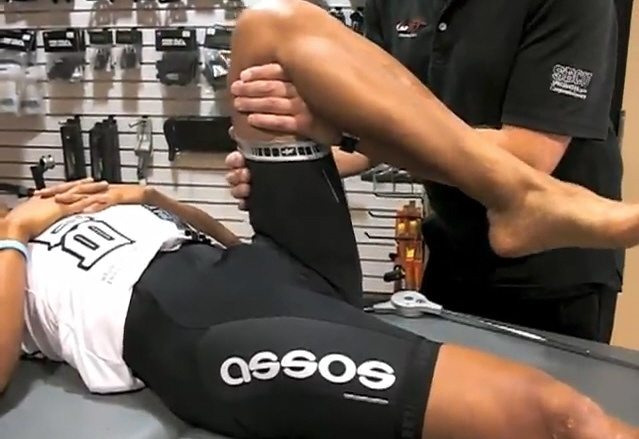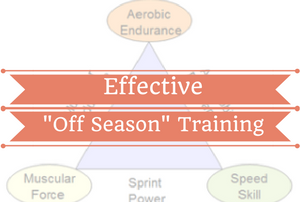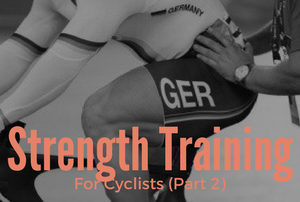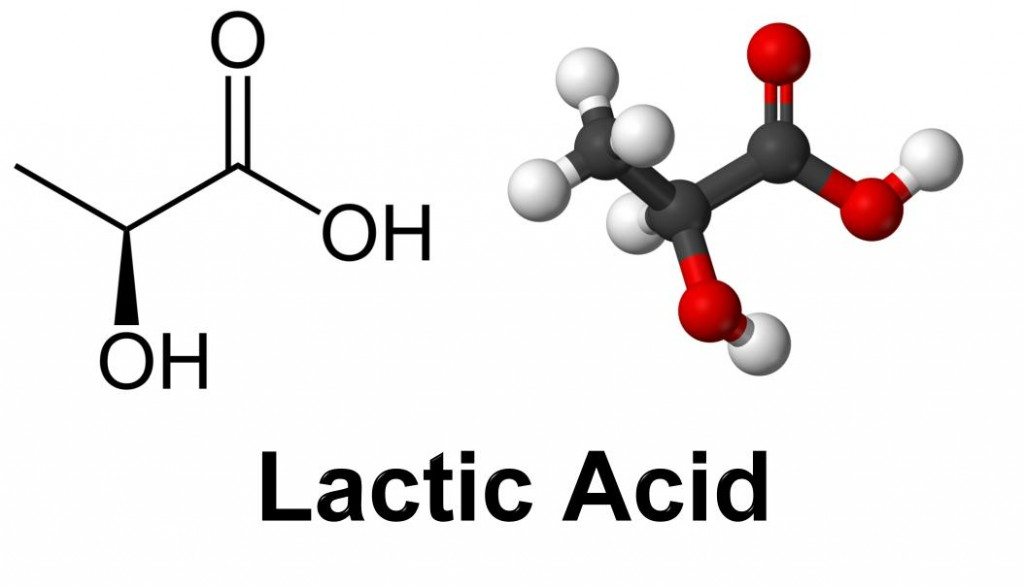
Have you ever heard that your body doesn't get stronger through training? It's an odd thing to think about, but it's inherently true. Training is the overloading stimulus that (hopefully) pushes your body beyond it's comfort zone. Once you've pushed beyond the constraints of your fitness you need to allow the body to repair the damage that has been done to it and build it stronger for the next challenge. But the recovery phase is something that many cyclists completely ignore, opting instead to sit on the sofa or worse, go for a recovery ride that turns into a workout.
In today's 50th episode of the Tailwind Coaching Podcast, I'll detail some of the do's and don'ts of recovery, including:
Continue reading “Recover Like A Pro (Podcast #50)”

With the onset of cold and damp weather many cyclists abandon outdoor riding in favor of sitting on the sofa. Granted, with the NFL season half way done and the drama heating up like an episode of “The League”, it may sound really fun to just kick your heels back for a few months and give in to holiday laziness. But should you really just back completely off activity for a few months to recover? Should you spend it doing nothing but 12 ounce curls (I.E. drinking copious amounts of beer?) Should you throttle your activity back so much that you put on 10 pounds of insulation? Well, I'm going to say, unequivocally…
NO!
You should be spending your off season (or “not so” off season, as I talked about back in podcast #27) doing something that will ensure your success in the coming months. This could be cross training, this could be hitting the gym and lifting some big heavy things, or it could mean sitting on the indoor trainer. But which of those things will help you create an effective off season?
In today's podcast I'll talk about building a solid base of fitness during the cold months. I'll cover:
Continue reading “Effective “Off Season” Training – Podcast #46″

In part 1 of “Strength Training For Cyclists” I talked about how your body adapts to different kinds of exercise. We learned about the concept of different pathways that create physiological adaptation and a touched on a couple of ways these pathways interact with one another, turning you into a sharp physical specimen where there used to be couch potato.
But there was a problem: I covered all these concepts about how your body uses some common physiological mechanisms to build fitness in different muscle types, that's true. But the one thing not talked about was how to put all that sciency stuff together. I'll tackle that in detail in today's podcast, so click through the break and check out the show notes.
Continue reading “Strength Training For Cyclists – Part 2 (Podcast #43)”

Want to be a stronger cyclist without touching your bike? Did you ever wish there was a way to build cycling prowess without sitting on the trainer for hours on end during the dark and cold winter? Do you dream of a lean, muscular physique like the sport's top rouleurs? Well, there's definitely a way to go about making that happen, if you're willing to put aside some bias and start hitting the gym (or the home gym if you're motivated enough.)
For years, many coaches thrashed the idea of strength training for cyclists. But those attitudes are (thankfully) on the way out. Frankly, a coach who doesn't believe in strength training is either not well versed in physiology or is just not interested in developing weight based workouts for his/her athletes. In fact the recent success of numerous former track athletes in the professional road race ranks should have people clamoring for some weight lifting (most trackies are avid weight trainers during the off season.) Think of guys like Brad Wiggins, Michael Morkov, Jack Bobridge and Geraint Thomas if you want a few examples of trackies who took to the road successfully. So what's your reason for not hitting the weight room?
With that in mind, today's podcast will discuss some of the components of strength training and exercise adaptation. I'll discuss the physiology of how your body adapts to exercise, so check out the show notes after the jump and follow along with the podcast.
Continue reading “Strength Training For Cyclists – Part 1: Podcast #42”

Lactic acid. The burn. The chemical that Phil and Paul always talk about “filling up the legs” and “making the legs scream in agony.” It gets a bad rap, one that it perhaps doesn't deserve. Little do most athletes know, it can not only be a key way to enhance your performance, but it may very well be required by the body to fuel your brain and contribute to various chemical reactions within the body. Biohacking lactic acid will help you improve your cycling performance.
How can this improve your cycling performance?
Easy. For simplicity's sake (as an overview) here's the gist of it: The more time you spend creating lactic acid, the more your body will be forced to deal with. That causes a cascade of metabolic changes in the body. But how does dealing with lactic acid get you further? How does your body do it? How can we use those lactic acid idiosyncrasies to be faster cyclists?
We'll look at a couple of ways to hack lactic acid after the jump, and after we understand how it's produced and cleared.
Click through the jump to see how it works (warning, sciencey, geeky stuff ahead):
Continue reading “Biohacking Lactic Acid”




